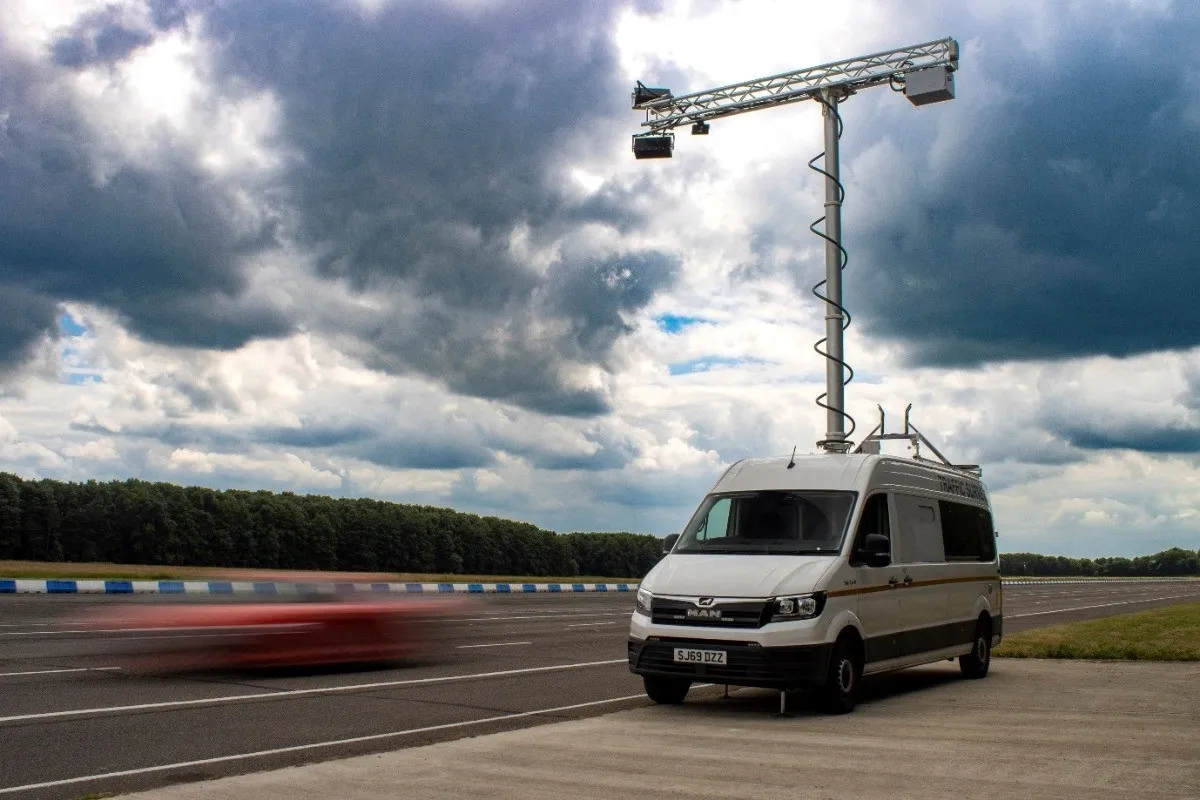Innovative instrument clusters and head-up displays are becoming increasingly popular amongst OEMs and customers alike, according to IMS Research’s new automotive study, “The World Market for Automotive OEM Electronic Systems – 2011 Edition.”
March 23, 2012
Read time: 2 mins
Innovative instrument clusters and head-up displays are becoming increasingly popular amongst OEMs and customers alike, according to 591 IMS Research’s new automotive study, “The World Market for Automotive OEM Electronic Systems – 2011 Edition.”
By 2018, it is forecast that almost seven million cars will have purely digital instrument clusters and over 3.5 million cars will have a head-up display, with combined revenues reaching US$2.5 billion. Although purely digital instrument clusters are becoming more popular, hybrid instrument clusters currently make up 90% of the market.
“OEMs are slowly moving towards purely digital instrument clusters for a few reasons” explains IMS Research automotive market analyst, Ben Scott. “With most OEMs releasing an HEV/EV in the near future, a reconfigurable digital instrument is very appealing. Information on battery charge, distance until next charge, and other driver information can easily be displayed.”
Another driving force is consumer trends. Smartphone and tablet PC ownership is increasing and there is the opportunity to integrate these devices to drive configurable instrument clusters. In a recent IMS Research consumer survey, ‘Connected Head Units – Consumer Survey – 2011 Edition’, it was found that the majority of respondents would prefer to use their smartphone as the HMI for infotainment. However, for both instrumentation and infotainment there will be definite safety implications involved and serious consideration should be given as to how these devices will display information.
Head-up displays (HUDs) have, for a long time, been associated with the premium end of the car market, but this could change. “We should see HUDs penetrating the middle car segment market in the near future”, Scott adds. HUDs are becoming less expensive, partly because of new head-up display technology entering the market from companies like4276 Nippon Seiki and 764 Johnson Controls.
Johnson Contols is offering a ‘combiner head-up display’ which projects information on to a fully integrated transparent screen in the driver’s field of vision. “This approach to the HUD is both cost effective and will help bring this technology to the volume car segments,” said Scott.
By 2018, it is forecast that almost seven million cars will have purely digital instrument clusters and over 3.5 million cars will have a head-up display, with combined revenues reaching US$2.5 billion. Although purely digital instrument clusters are becoming more popular, hybrid instrument clusters currently make up 90% of the market.
“OEMs are slowly moving towards purely digital instrument clusters for a few reasons” explains IMS Research automotive market analyst, Ben Scott. “With most OEMs releasing an HEV/EV in the near future, a reconfigurable digital instrument is very appealing. Information on battery charge, distance until next charge, and other driver information can easily be displayed.”
Another driving force is consumer trends. Smartphone and tablet PC ownership is increasing and there is the opportunity to integrate these devices to drive configurable instrument clusters. In a recent IMS Research consumer survey, ‘Connected Head Units – Consumer Survey – 2011 Edition’, it was found that the majority of respondents would prefer to use their smartphone as the HMI for infotainment. However, for both instrumentation and infotainment there will be definite safety implications involved and serious consideration should be given as to how these devices will display information.
Head-up displays (HUDs) have, for a long time, been associated with the premium end of the car market, but this could change. “We should see HUDs penetrating the middle car segment market in the near future”, Scott adds. HUDs are becoming less expensive, partly because of new head-up display technology entering the market from companies like
Johnson Contols is offering a ‘combiner head-up display’ which projects information on to a fully integrated transparent screen in the driver’s field of vision. “This approach to the HUD is both cost effective and will help bring this technology to the volume car segments,” said Scott.








